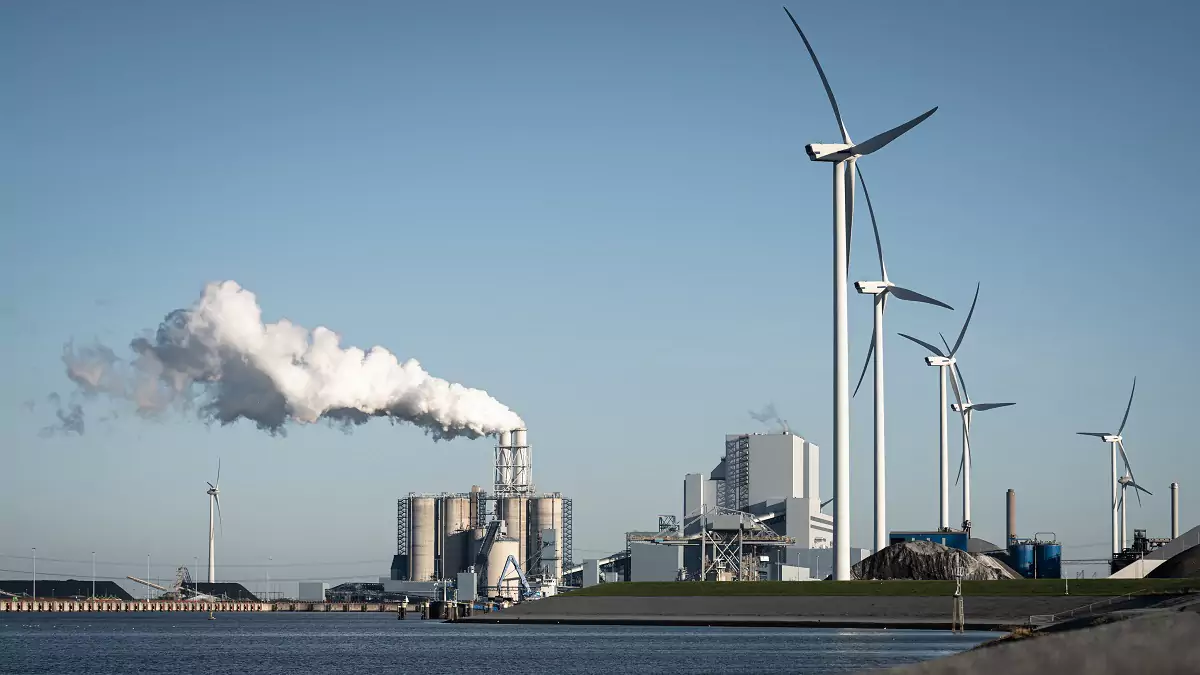
Balfour Beatty has been spotlighted in Construction News for its strategic use of internal mobility to address workforce challenges and accelerate the UK’s shift to a sustainable energy future.
Stephen Tomkins, Project Director at Hinkley Point C, emphasizes the value of nurturing and retaining in-house talent. He points out that enabling employees to move across projects—while maintaining a clear view of future opportunities—fosters skill development and ensures vital expertise remains within the business.
“We’ve built a strong pipeline of projects in key areas like nuclear energy, offshore wind, and critical grid infrastructure,” says Tomkins. “As one project concludes, another begins. This creates a natural progression route for our teams, allowing them to transition smoothly between roles and continue growing their capabilities.”
By linking continuous learning with well-planned project sequencing, Balfour Beatty is creating a resilient, future-ready workforce equipped to meet the demands of the UK’s evolving energy landscape.
Unlocking the UK’s Energy Future Through Internal Mobility and Skills Development
The UK’s energy market stands at a pivotal moment. As we accelerate the shift towards renewable energy, the demand for skilled professionals is soaring. Yet, a critical challenge looms: a growing skills gap that threatens to impede progress precisely when we need to move faster than ever.
Addressing this challenge requires more than simply attracting new talent — we must also focus on retaining and developing the talent we already have. Internal mobility is an often-underused strategy that enables businesses to deploy skilled professionals across projects, preserving institutional knowledge and accelerating capability building.
Success in this space hinges on adaptability and a mindset open to change. My own journey began in the army, where I learned the value of discipline, preparation, and efficiency. These principles shaped my transition into the construction and infrastructure sectors, where those same fundamentals proved essential.
After leaving the military, I pursued a career in marine engineering and worked on the Cardiff Bay Barrage — one of Europe’s largest civil engineering projects in the 1990s. Since then, curiosity and a drive to solve complex problems have guided me through leading some of the UK’s most ambitious energy infrastructure projects, from Sellafield to Hinkley Point C, where we’re delivering one of the world’s most intricate marine engineering undertakings.
Transitioning from one major project to another isn’t just about technical know-how — it demands a mindset of continuous learning, agility, and strategic thinking. At Sellafield, I developed deep expertise in nuclear construction and safety, which proved vital when I joined the Hinkley Point C team. Rather than starting from zero, I built on my existing knowledge and delivered results from day one.
This approach must become the norm in the energy sector. With a strong pipeline of nuclear, offshore wind, and grid infrastructure projects, there’s a natural rhythm of opportunity: as one project concludes, another begins. Creating clear pathways for professionals to move between projects ensures continuity, supports knowledge transfer, and allows people to develop specialisms without the disruption and uncertainty often tied to contract work.
At Hinkley Point C, we’re already seeing this in action. Professionals who began their careers on this project are now applying their skills to new energy initiatives, evolving and strengthening their expertise with each transition. This is the foundation of a sustainable workforce strategy — one that doesn’t just retain talent, but actively grows it.
What makes this model successful is a workplace culture that values curiosity, learning, and resilience. From apprentices to senior leaders, our teams are encouraged to continually refine their skills and seek new challenges. Through structured training, mentorship, leadership development, and practical experience, we’re not just staffing projects — we’re futureproofing the sector.
As the energy transition accelerates, businesses must go beyond traditional recruitment and embrace internal mobility as a strategic advantage. By nurturing existing talent, investing in continuous development, and creating clear career progression pathways, we can close the skills gap and secure the UK’s leadership in the global energy transformation.
In a fast-evolving industry, our greatest asset is people — and our greatest strength lies in empowering their growth.





